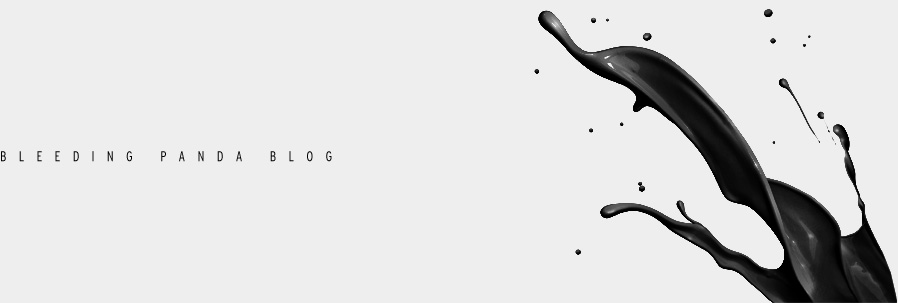+Album+Music.jpg)
ARTIST`````Babatunde Olatunji
ALBUM`````Drums Of Passion
GENRE`````African, Worldbeat, Traditional
Some info
Babatunde Olatunji was a virtuoso drummer who became a sensation in the '60s with his albums of traditional Nigerian drumming and chanting. If Olatunji debuted in today's environment, he would be subjected to much tougher scrutiny and evaluation regarding "authenticity" than he received in the '60s. His heralded albums, particularly Drums of Passion, weren't quite the innovative event some claimed. They were fine LPs, but also contained a heavy dose of show business and sanitized playing that would be duly noted today, particuarly in the specialist press. Still, his albums reportedly were very influential on John Coltrane. They were among the few international releases to not just make the charts, but remain on them for years.
YEAR````````1959
Some info
Babatunde Olatunji was a virtuoso drummer who became a sensation in the '60s with his albums of traditional Nigerian drumming and chanting. If Olatunji debuted in today's environment, he would be subjected to much tougher scrutiny and evaluation regarding "authenticity" than he received in the '60s. His heralded albums, particularly Drums of Passion, weren't quite the innovative event some claimed. They were fine LPs, but also contained a heavy dose of show business and sanitized playing that would be duly noted today, particuarly in the specialist press. Still, his albums reportedly were very influential on John Coltrane. They were among the few international releases to not just make the charts, but remain on them for years.
The popularity of Drums Of Passion and More Drums Of Passion predated the '60s black nationalist movement and Afrocentricity of the '80s and '90s. They also had some impact in jazz circles, though they weren't as significant as the Afro-Latin revolution initiated by Mario Bauza, Machito and Chano Pozo.
Album Review from allmusic
Having come to the U.S. from his native Nigeria to study medicine, percussionist Babatunde Olatunji eventually became one of the first African music stars in the States. He also soon counted jazz heavyweights like John Coltrane ("Tunji") and Dizzy Gillespie among his admirers (Gillespie had, a decade earlier, also courted many Cuban music stars via his trailblazing Latin jazz recordings). And, in spite of it being viewed by some as a symbol of African chic, Drums of Passion is still a substantial record thanks to Olatunji's complex and raw drumming. Along with a cadre of backup singers and two other percussionists, Olatunji works through eight traditional drum and chorus cuts originally used to celebrate a variety of things in Nigeria: "Akiwowo" and "Shango" are chants to a train conductor and the God of Thunder, respectively, while "Baba Jinde" is a celebration of the dance of flirtation and "Odun De! Odun De!" serves as a New Year's greeting. The choruses do sound a bit overwrought and even too slick at times (partly due to the fact that most of the singers are not African), but thankfully the drumming is never less than engaging. The many curious world music fans who are likely to check this album out should also be sure to look into even better African drumming by native groups like the Drummers of Burundi and the percussion outfits featured on various field recordings.
DOWNLOAD
DOWNLOAD





